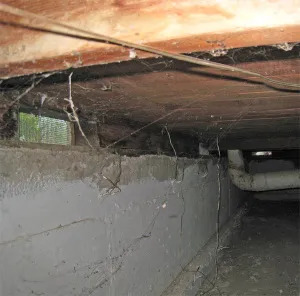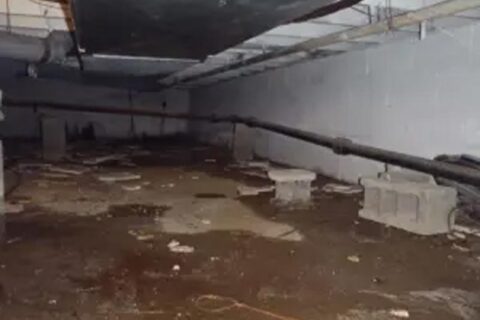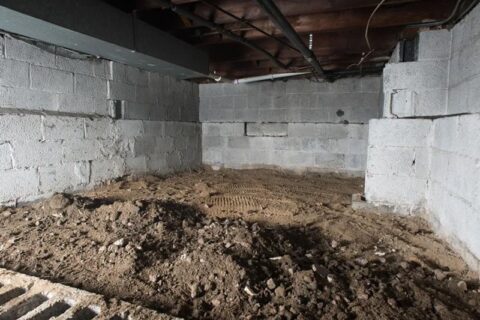Crawlspace Waterproofing – Have Your Air Sealed Your Crawl Space? Evans, PA
Many homeowners that invest in crawlspace waterproofing will have their crawlspaces sealed from the external environment. This is a great way to keep moisture from the soil and air in the external environment from entering the crawlspace. However, many homeowners will not consider air sealing the crawlspaces. Below, we discuss the importance of air sealing a crawlspace and how this can be achieved.
Why Air Seal Your Crawlspace?
Crawlspace waterproofing often involves sealing the crawlspace. The air within the sealed crawlspace is often of poor quality when compared to the air within the home. This air can move through gaps in your home’s structure and contaminate the air in your living space. The air in the living space can also move into the crawlspace through these gaps. The air from the living space may contain moisture which can result in increased humidity within the crawlspace. This can lead to moisture problems such as the growth of mold or rotting of wood.
Air sealing helps to prevent the movement of air from the crawlspace into the living space above and vice versa. It will help preserve your home’s air quality and avoid moisture problems in the crawlspace. An added bonus of air sealing is increased energy efficiency of your home which will result in lower energy bills.

Areas to Consider for Air Sealing
- Sub-floor
The first and most obvious place to seal is the sub-floor. The sub-floor has gaps in areas where utilities such as electrical wires, air ducts and plumbing penetrate the floor. Air can pass through these tiny gaps. It is important to seal these gaps. This can be done using spray foam. Be extremely careful when sealing the subfloor. Wires and other services may have to be moved around in order to access the penetrations and seal them. Hiring a crawlspace waterproofing professional will help to ensure safety during this process. - Ductwork
If your home has a HVAC system with ducts running through the crawlspace, you should have these ducts sealed. Reports indicate that up to 25 percent of air from your living space is lost through the gaps in the duct work to the crawlspace. You can prevent this by sealing these gaps using duct sealing tape. - Rim joists
If you have a concrete or block foundation, your foundation is likely to have rim joists. These joists are sites where condensation often forms within the crawlspace. It is therefore important to insulate the joists and seal them using foam board. This will not only prevent air transfer but also heat transfer. It will improve the energy efficiency of your home.
Is your home air sealed? Contact us to learn more.



